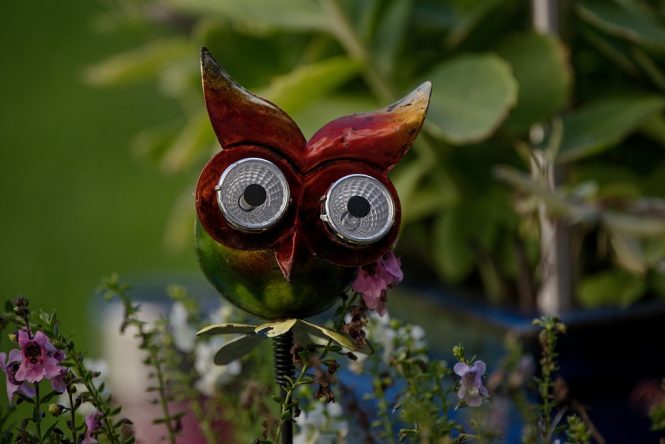
Secret Gardens: Unconventional Materials and Techniques to Add Whimsy to Your Outdoor Space
As the world becomes increasingly urbanized, the idea of a secret garden has become more alluring than ever. A secret garden is not just a tranquil oasis, but also a reflection of one’s personality and creativity. While traditional garden design often relies on conventional materials and techniques, incorporating unconventional elements can add a touch of whimsy and magic to your outdoor space. In this article, we will explore some innovative and unconventional materials and techniques to create a secret garden that is truly one-of-a-kind.
Repurposed Materials
One of the most effective ways to add whimsy to your secret garden is by incorporating repurposed materials. Old doors, windows, and gates can be transformed into unique planters, trellises, or even a garden bench. For example, an old wooden door can be converted into a planter box by attaching it to a wooden frame and adding a bottom made of $$\text{C}_6\text{H}_6$$-treated wood to prevent rot. You can also use old bricks, stones, or concrete blocks to create a mosaic pathway or a focal wall.
Mosaic Art
Mosaic art is another technique that can add a touch of whimsy to your secret garden. By using small tiles, glass pieces, or even seashells, you can create intricate and colorful designs on pathways, walls, or even planters. For instance, you can create a mosaic sundial using $$\text{CaCO}_3$$-based tiles and a $$\text{Cu}$$-based frame, or a mosaic bench using $$\text{SiO}_2$$-based glass pieces and a $$\text{Fe}$$-based frame.
Vertical Gardening
Vertical gardening is a great way to maximize space in a small secret garden. By using unconventional materials like old pallets, chicken wire, or even an old ladder, you can create a unique and space-saving garden. For example, you can attach $$\text{PVC}$$ pipes to an old pallet and use it as a trellis for climbing plants like $$\text{Cucumis sativus}$$ or $$\text{Phaseolus coccineus}$$. You can also use a $$\text{Fe}$$-based ladder as a support for a vertical garden made of $$\text{polypropylene}$$ planters.
Sensory Elements
A secret garden is not just about visual appeal, but also about engaging the senses. Incorporating sensory elements like sound, texture, and scent can create a truly immersive experience. For instance, you can add a wind chime made of $$\text{Cu}$$-based tubes and $$\text{wood}$$ blades to create a soothing sound, or a tactile pathway made of $$\text{basalt}$$ stones and $$\text{moss}$$ to add texture. You can also plant fragrant herbs like $$\text{Lavandula angustifolia}$$ or $$\text{Rosmarinus officinalis}$$ to create a scent-filled garden.
Lighting
Lighting can also play a crucial role in creating a whimsical secret garden. By using unconventional lighting sources like solar-powered lanterns, string lights, or even glow-in-the-dark paint, you can create a magical ambiance in the evening. For example, you can hang $$\text{LED}$$-based lanterns made of $$\text{polyethylene}$$ from trees or place $$\text{Cu}$$-based string lights along pathways to create a warm glow.
Conclusion
Creating a secret garden is all about unleashing your creativity and imagination. By incorporating unconventional materials and techniques, you can add a touch of whimsy and magic to your outdoor space. Whether it’s repurposed materials, mosaic art, vertical gardening, sensory elements, or lighting, the possibilities are endless. So, don’t be afraid to think outside the box and experiment with new ideas to create a secret garden that is truly one-of-a-kind. Remember, a secret garden is not just a physical space, but also a reflection of your personality and creativity.